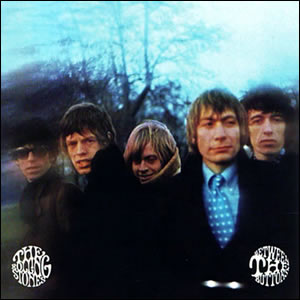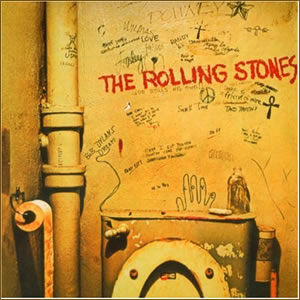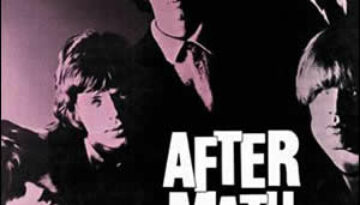Between the Buttons by The Rolling Stones
Buy Between the Buttons Between the Buttons was an album released in January 1967 by The Rolling Stones. Sonically, the album works well with the strong mid-sixties British rock that the Beatles produced […]

Buy Between the Buttons Between the Buttons was an album released in January 1967 by The Rolling Stones. Sonically, the album works well with the strong mid-sixties British rock that the Beatles produced […]

Buy Beggars Banquet Returning to their blues-based roots rock following the psychedelic pop of their 1967 album, Their Satanic Majesties Request, Rolling Stones hit their true artistic stride with Beggars Banquet. While most […]

Buy Aftermath Although it was their fourth album released in Britain and their sixth album released in America, Aftermath was really the second “true” album by The Rolling Stones, following 1965’s Out Of […]